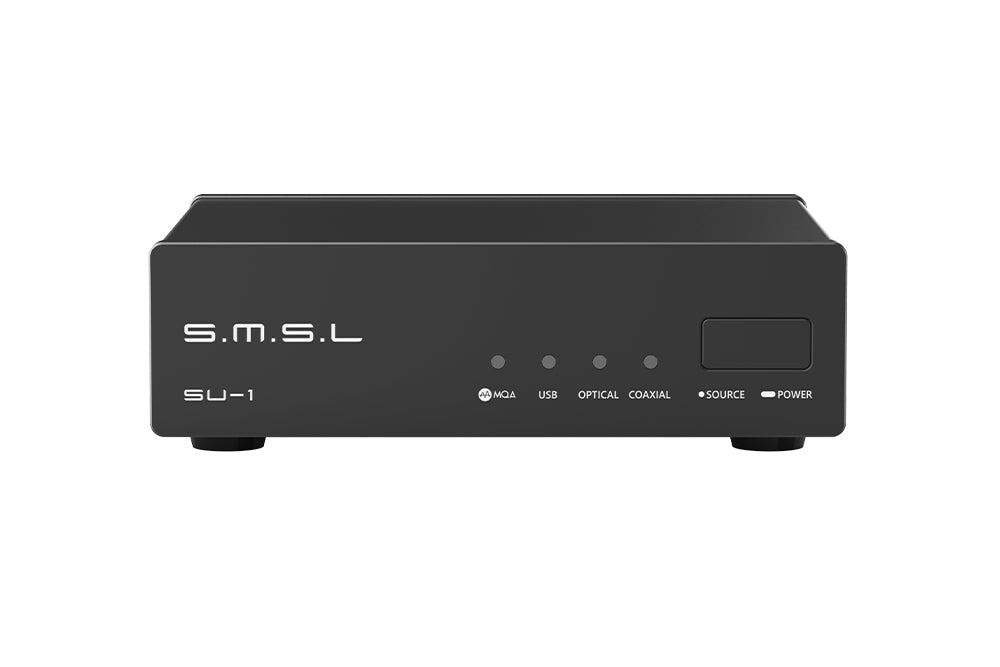I ask because I am buying a new motherboard for streaming audio and tv
What exactly would it be connected to?
This is a very long story. Practical results may depend not only on chip performance itself, but also mo/bo manufacturer implementation and overall system construction, including details that no-one ever talks about such as mo/bo PCB layers, layout and how good the ground bonding is between the board, case and power supply (I would want a massive case with the main chassis powdercoated in one piece, if at all). In a nutshell though, if you have a decent-quality board, no dGPU, a decent case (not necessarily the latest and greatest) and most importantly no external ground loops, you should be able to get a maximum out of the chip.
Chip performance itself would make it into the low/mid orange region, with the limiting factor being distortion; the distortion profile itself, however, is generally benign (dominant H2 and flat across the audio spectrum). Specified dynamic range is generally being reached or exceeded, although the better chips tend to be a tiered society and these numbers only apply to one stereo output and input each, with the others giving more pedestrian performance. This is done not just for cost-saving but plain thermals as well; a chip with that much high-performance circuitry stuffed into it would risk overheating and premature death.
Sorted by best dynamic range:
ALC1220 = ALC4080 (120 / 110 dB, distortion -94ish dB)
ALC1200 = ALC4082 (110 / 106 dB, distortion -86ish dB)
ALC897 (100 / 97 dB, distortion -92ish dB)
All of them have some unique quirks:
As typical for standard quality HDA chips, the ALC897 line input can handle about 3 dB higher levels than the chip itself can output, typically about 1.5 vs. 1.1 Vrms. In return, I cannot detect any substantial ADC filter ripple on the frequency response, so it must be much like the ALC887 it replaced in this regard. Performance seems perfectly adequate for a desk setup (or anything else with a volume control following) and average consumer recording needs. There must be lots of CD players than may be louder but not fundamentally
better.
ALC1200 has higher maximum output levels, but not the upgraded amplifier circuitry to match apparently, so distortion may be rather worse than the lesser chip if you crank it (but obviously, it's still overall better if absolute level isn't as much of a concern). The ADC substantially exceeds its 102 dB dynamic range spec, its digital filter performance isn't anything overly special though (about +/-0.025 dB worth of periodic ripple, though that still beats quite a number of consumer-grade ADCs, as well as AK55xx at lower sample rates).
ALC1220 again sports very low ADC digital filter ripple and dynamic range rather exceeding spec, though I didn't like how soon its noise floor rises around 20 kHz, the noise shaper seems to be of a rather low order compared to the ALC1200 ADC.
As mentioned, the (electret) microphone inputs tend to be a story in and out of themselves. The bias voltage tends to be varying shades of too noisy.
Here are some threads with measurements strewn about:
My shiny new Asus TUF Gaming Z590-Plus WIFI (now that's a mouthful) mamaboard would not detect a Xonar SE soundcard by the very same manufacturer (oops). On top of that, the Intel I225-V onboard LAN would disappear when the card was inserted. :facepalm: At the same time, the card was proven to...

www.audiosciencereview.com
Hi friends, a few days ago I received my first quality headphones - 6xx. I am considering purchasing Asgard 3 + Modius but want to ask if Modi 3 will do the job too? The headphones are currently connected to the Asus TUF X570 GAMING motherboard with the Realtek A1200, and it sounds pretty...

www.audiosciencereview.com
Here are some loopback measurements I took using the ALC897 on an MSI B760M-A WIFI DDR4 board recently (and, arguably, not world's shortest or best-shielded audio cable). ASIO via ASIO4All. And yes, 44.1 kHz measured a fraction of a dB quieter for some reason but also did not suffer from degraded performance (resampling somewhere?).
Unfortunately I failed to heed my own advice about using the mic-in to get a better idea of output DR (may try again next week), but we can probably assume about 102 dB(A) as
@Julian Krause got:


